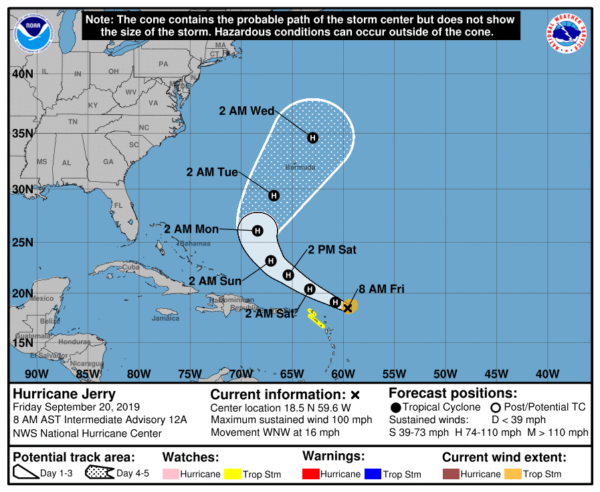
- Pensacola radar in motion how to#
- Pensacola radar in motion archive#
- Pensacola radar in motion plus#
Anything larger than this is usually due to “bright banding” where the radar is seeing the part of the atmosphere where snowflakes are clumping together and melting into raindrops. In cold climates during the winter months, actual dBZ values rarely exceed 40.This is your standard radar data that shows precip or other solid/liquid particles in the atmosphere. The first type of data currently available is reflectivity. We currently have two types of radar data available with plans to add more soon. Use radar data with caution especially if your area of interest is far from the nearest radar location!

A lot can happen between 0 and 5,000 feet and therefore the depiction of precipitation given by radar may differ some from what’s actually happening on the ground. Because of this phenomenon, the radar beam will only see precipitation falling through the mid levels of the atmosphere. To see this in action, imagine a circle (earth) with a straight line emanating from some point on the circle if you continue this line out into space, it will gradually get farther and farther from the circle. Because the earth is round and the radar beam is flat, the farther away from the radar tower the beam (energy) travels, the farther removed from the ground becomes. There is a notable constraint to radar data though. This is the highest resolution radar data available which enables you to see features such as sea breeze or outflow boundaries that standard resolution radar entirely misses. This data is gathered from over a hundred radar towers located across the US.
Pensacola radar in motion plus#
Adfree Plus (with extra features) Extra.Lake Murray, Ardmore OK (WeatherOK, USA).
Pensacola radar in motion archive#
Base reflectivity (with archive since 1991).Radar & Lightning Radar & Lightning Radar.Forecast Ensemble Heatmaps (Up to 5 models, multiple runs, graph up to 16 days) EXTRA.Forecast Ensemble (Up to 5 models, multiple runs, graph up to 16 days).Forecast XL (Graph and table up to 10 days - choose your model).14 day forecast (ECMWF-IFS/EPS, graphs with ranges).Meteograms (Graph 3-5 days - choose your model).Weather overview (Next hours and days, 14 day forecast).Central Europe Multi Model HD (3 days) new.Tropical cyclone tracks (ECMWF/Ensemble).Other common terms for weather radar are weather surveillance radar (WSR) and Doppler weather radar. Base Reflectivity images are available at several different elevation angles (tilts) of the antenna and are used to detect precipitation, evaluate storm structure, locate atmospheric boundaries and determine hail potential. "Reflectivity" is the amount of transmitted power returned to the radar receiver. The data can be analyzed to determine a storm's structure and the possibility they could become severe. A base reflectivity radar is a display of echo intensity (reflectivity) measured in dBZ (decibels of Z, where Z represents the energy reflected back to the radar). green is rain, pink is a mix of rain, freezing rain, sleet, and/or snow and blue is snow.

The precipitation type is indicated by different colors.
Pensacola radar in motion how to#


 0 kommentar(er)
0 kommentar(er)
